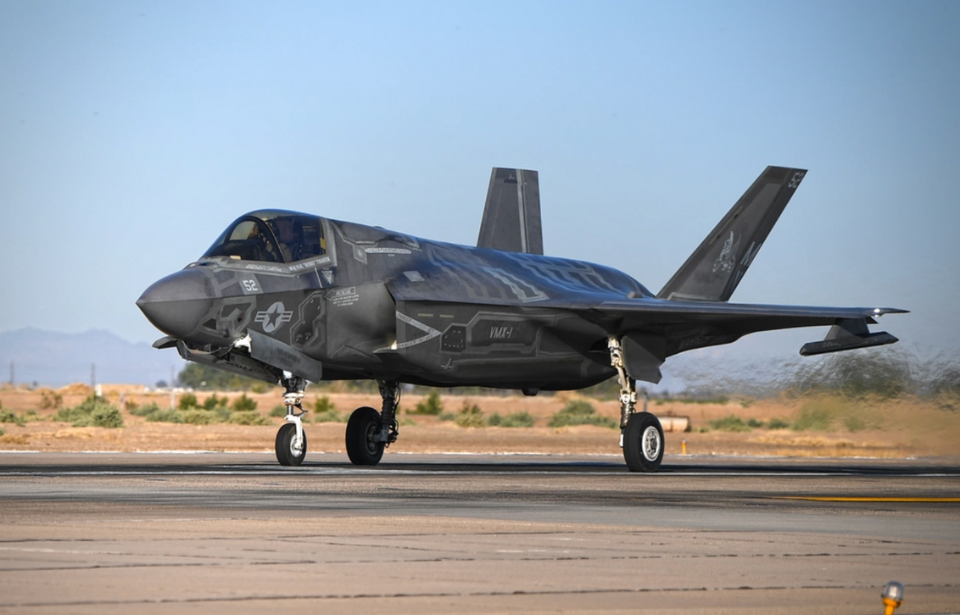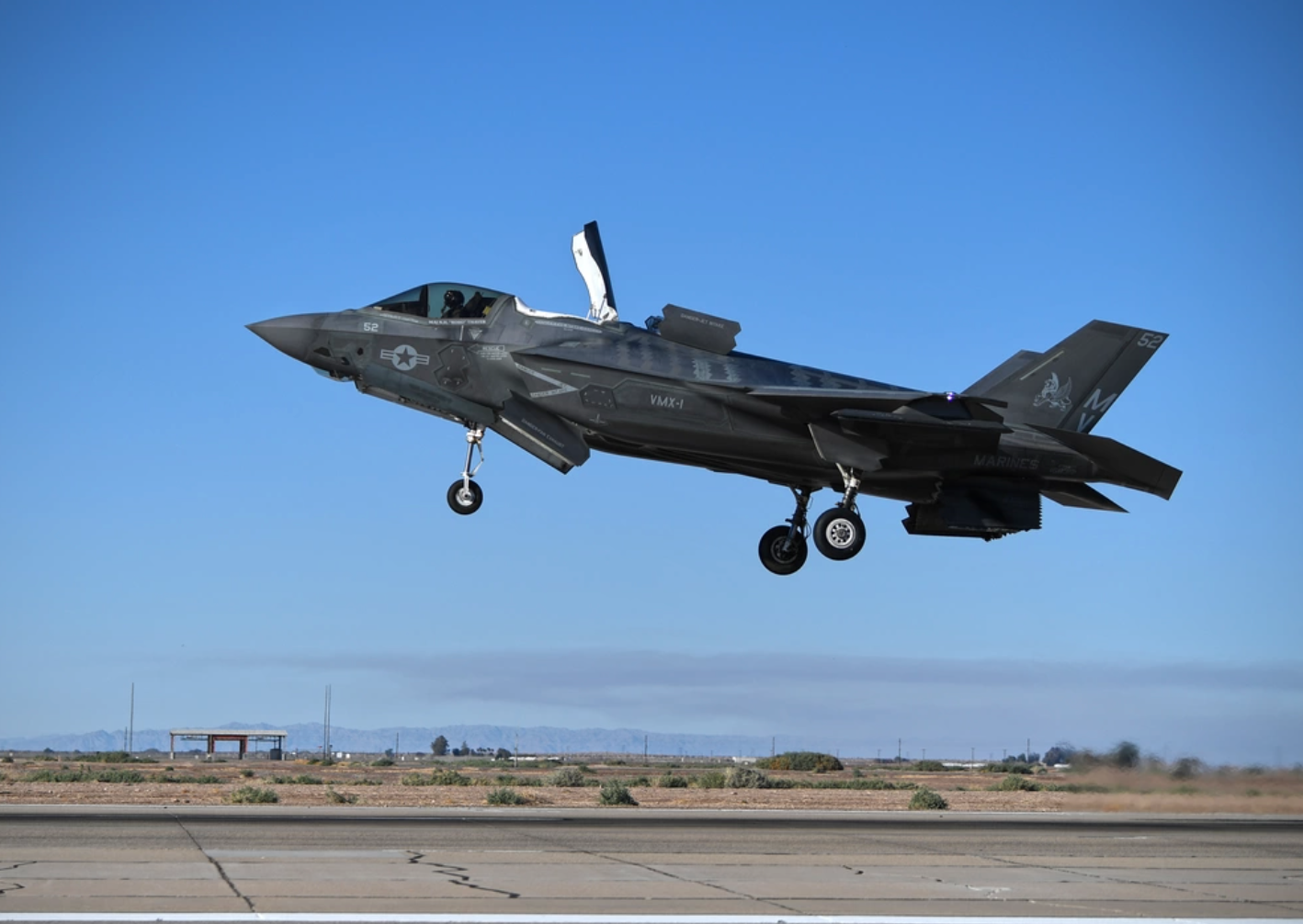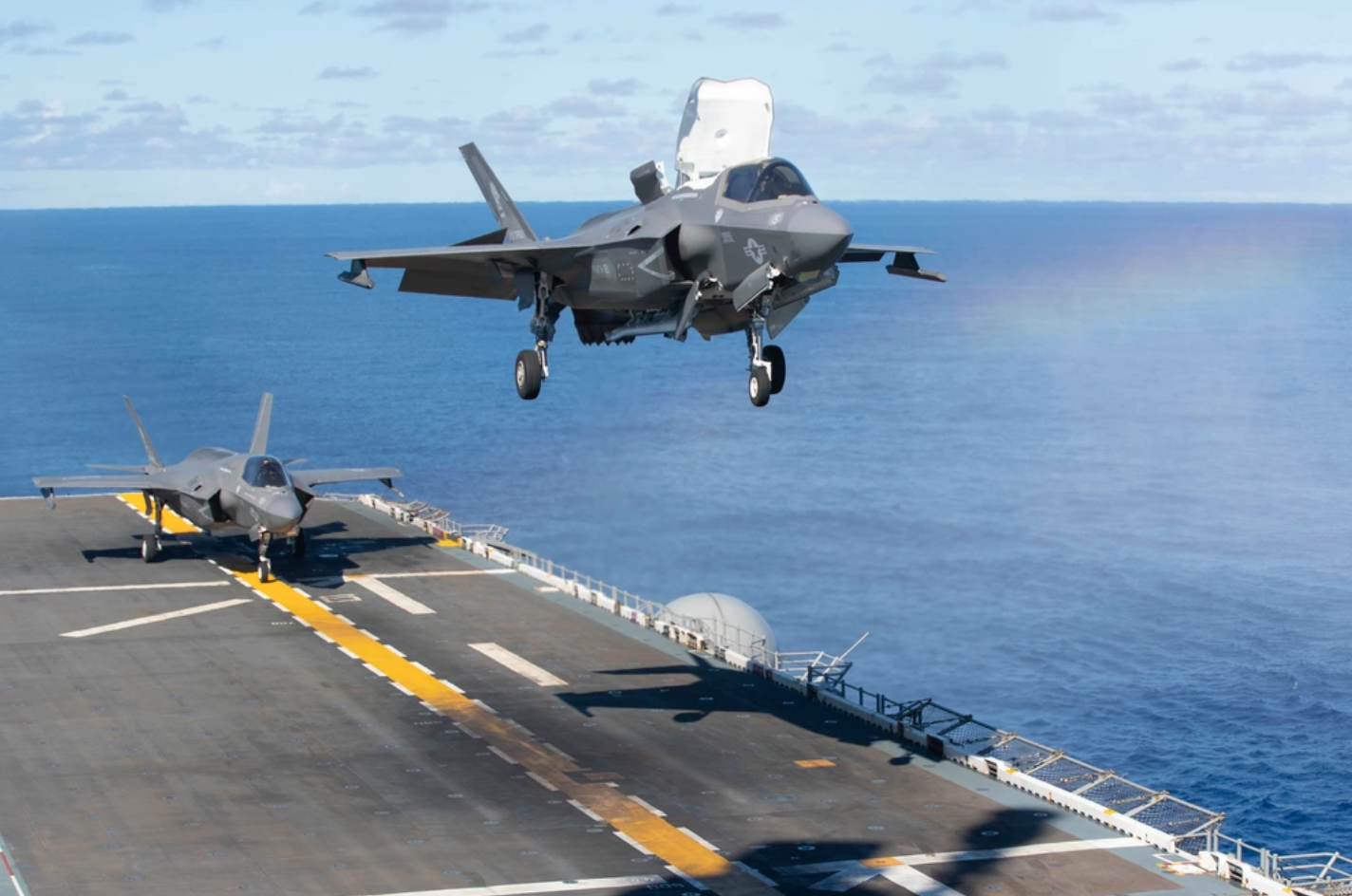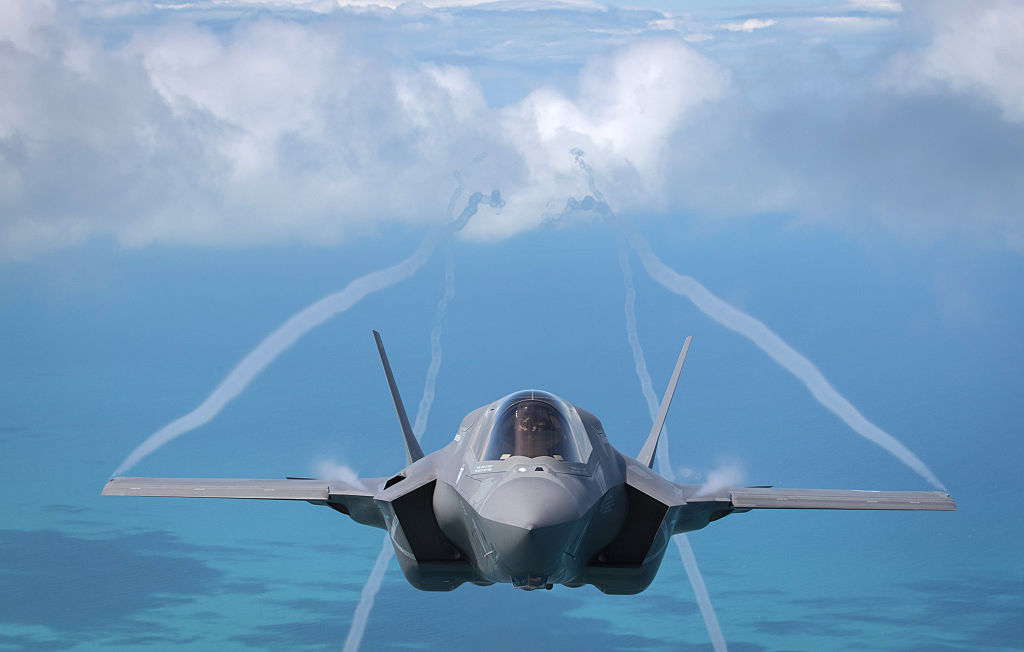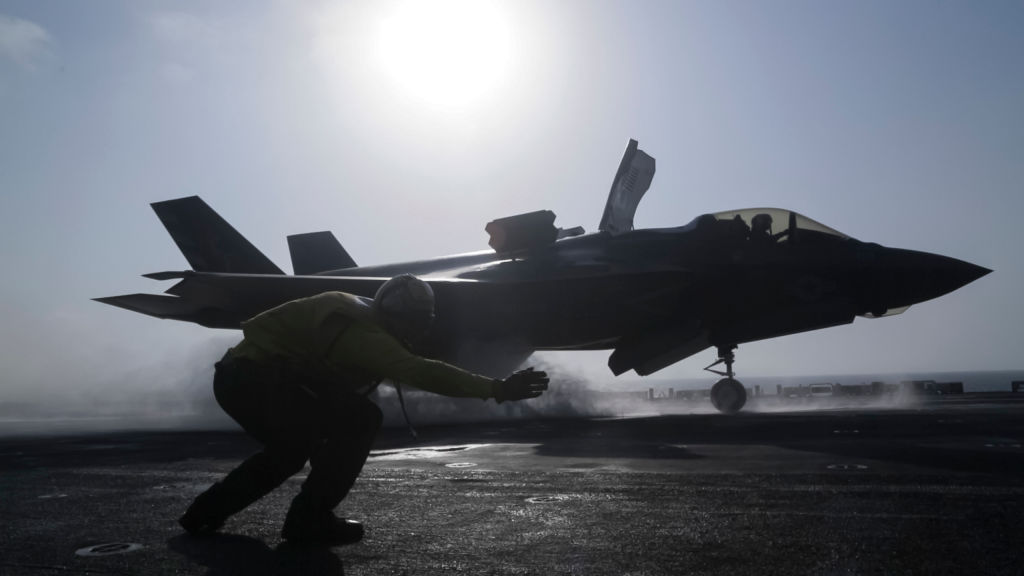Search for Missing US Marine Corps F-35B Jet Raises Questions as Debris Field is Discovered
Mystery Surrounds Disappearance of Lockheed Martin F-35B Fighter Jet
The crash site of the Lockheed Martin F-35B Lightning II, which went missing over South Carolina on September 17, 2023, has been located, but it has raised more questions than answers. Among these questions is whether the aircraft was left on autopilot after the pilot ejected.
According to recent reports, two F-35B aircraft took off from Joint Base Charleston on the afternoon of September 17. Shortly after 2:00 PM, one of the pilots ejected and safely landed via parachute in a residential backyard in North Charleston. While initially believed to have been a voluntary ejection, there are now doubts about whether the aircraft, equipped with an auto-eject feature, forced the pilot out.
It wasn’t until three hours later that the public was informed of the incident and the disappearance of the F-35B. After over a day of searching, a debris field was discovered at approximately 6:30 PM on September 18, in rural Williamsburg County, near Indiantown. This location is roughly two hours away from Joint Base Charleston and 60 miles from where the aircraft was last seen.
USA Today reports that the incident is now classified as a “Class-A mishap,” which is defined by one of three conditions: loss of life or permanent disability, damages exceeding $2.5 million, or the destruction of a Department of Defense aircraft. The F-35B has an estimated cost of around $100 million and is operated by several branches of the U.S. military.
As previously mentioned, one of the key questions surrounding the F-35B’s disappearance is whether it was left on autopilot. Jeremy Huggins, a spokesman for Joint Base Charleston, told NBC News that officials are no longer certain if this was the case.
Another question arises from the apparent non-functionality of the transponder. J.J. Gertler, a senior analyst at Teal Group, suggested that the ejection seat’s powerful motors might have disrupted the aircraft’s electronics, wiring, and power to the transponder. Additionally, the possibility exists that the transponder didn’t activate because the F-35B was flying in proximity to another F-35B.
Residents have been advised to stay clear of the debris field while a recovery team works to secure and clear the area.
Original Article – September 18, 2023:
The U.S. Marine Corps is seeking the public’s assistance in locating a missing Lockheed Martin F-35B Lightning II after its pilot ejected during a mid-flight incident. While the pilot is in stable condition at a medical center, the whereabouts of the aircraft remain unknown.
The mishap occurred north of Charleston, South Carolina, when a pilot from Marine Fighter Attack Training Squadron 501 (VMFAT-501), based at Marine Corps Air Station Beaufort, ejected from the F-35B under unknown circumstances. Attention has now turned to locating the aircraft, which may not have had its transponder activated, and it’s unclear whether it was carrying any weapons.
Joint Base Charleston officials posted on social media shortly after the incident on September 17, 2023, stating, “We’re working with @MCASBeaufortSC to locate an F-35 that was involved in a mishap this afternoon. The pilot ejected safely.” They also mentioned focusing the search north of JB Charleston, around Lake Moultrie and Lake Marion, based on the jet’s last-known position and coordination with the FAA.
Federal, state, and local authorities are involved in the search, employing both ground and air efforts.
Rep. Nancy Mace (R-SC) expressed her astonishment on social media, saying, “How the heck do you lose an F-35? How is there not a tracking device, and we’re asking the public to what, find a jet and turn it in?”
It has since been revealed that the F-35B was left on autopilot before it went missing, leaving a slight possibility that it could still be airborne, according to Jeremy Huggins, a spokesperson for Joint Base Charleston.
However, if the aircraft has crashed into one of the two lakes, search crews face a challenging task. Lake Moultrie is described as a murky body of water, 75 feet deep at its deepest point, and 14 miles across at its widest. Lake Marion presents similar challenges, with a vast surface area of 110,000 acres, a maximum depth of 76.77 feet, and an average depth of 13.12 feet.
The F-35 Lightning II is a versatile stealth multirole combat aircraft capable of various roles, including electronic warfare, surveillance, reconnaissance, and air superiority. Developed by Lockheed Martin as part of the Joint Strike Fighter (JSF) program, it is renowned as one of the most advanced and survivable aircraft in the world.
The F-35 first entered service with the Marine Corps in July 2015, followed by adoption by the U.S. Air Force in 2016 and the U.S. Navy in 2019. Marine Fighter Attack Training Squadron 501 is responsible for training aviators and support crews on how to operate the F-35, and its members also participate in airshow demonstrations.
Hits: 16

